Understanding the issue of plagiarism/Entendiendo el tema del plagio
Entendiendo el tema del plagio
Ser original es un problema serio, pareciera que todo está hecho. Recientemente vi un programa de televisión donde una doctora especializada en piel, hace cirugías o reconstrucciones en personas que tienen quistes, cicatrices, o cualquier problema de piel. Acudió una paciente que se había hecho extensiones en las orejas y al aumentar de seis a siete centímetros, en una de ellas, el lóbulo se ulceró y se dividió en dos, ella cargaba esos trozos de piel colgando, pero la sorpresa fue que no quería tener orejas normales, por lo que la doctora cosió ambas puntas y reconstruyó esa oreja dejando el hueco que ella ocasionó al colocar, cada vez un anillo más grande. La idea de ser como los demás angustiaba a esta mujer que necesitaba sentirse única. Esto es interesante, por un lado, la moda nos uniforma cada cierto tiempo: peinados, maquillajes, ropa, calzado se van imponiendo, pero al mismo tiempo cada uno va tratando de ser único e irrepetible.
Que dos mujeres coincidan en un sitio, vestidas exactamente igual, es motivo de inquietud, es incómodo y chocante. No queremos copiar, necesitamos tener una marca personal, somos únicos e irrepetibles. En las localidades cuyos patrones urbanísticos son idénticos, las personas siempre tratan de rediseñar sus casas de manera que tengan un estilo diferente.

Vayamos ahora al plano de la escritura. Dos vertientes se dejan notar: los que rechazan la copia y producen contenidos originales e inclusive se sienten muy ofendidos si se llegara a dudar del origen de sus palabras y los copistas reproductores quienes descaradamente extraen información de páginas web o libros para hacerla pasar como propia.
El plagio no es solo desagradable para los lectores que lo reconocen, es un irrespeto al trabajo intelectual del otro, un robo, que habla de la falta de creatividad de quien lo hace.
De esto último podemos culpar a una precaria educación formal donde no se revisa a profundidad la calidad del contenido presentado y la proliferación de los mal llamados «trabajos de investigación», donde el individuo hace un pasticho de copia y pega con información ajena a su producción intelectual que luego no es revisada a profundidad pero obtiene buenas calificaciones. Esto, con escasas excepciones, ocurre en básica, media, diversificada e incluso en la universidad.
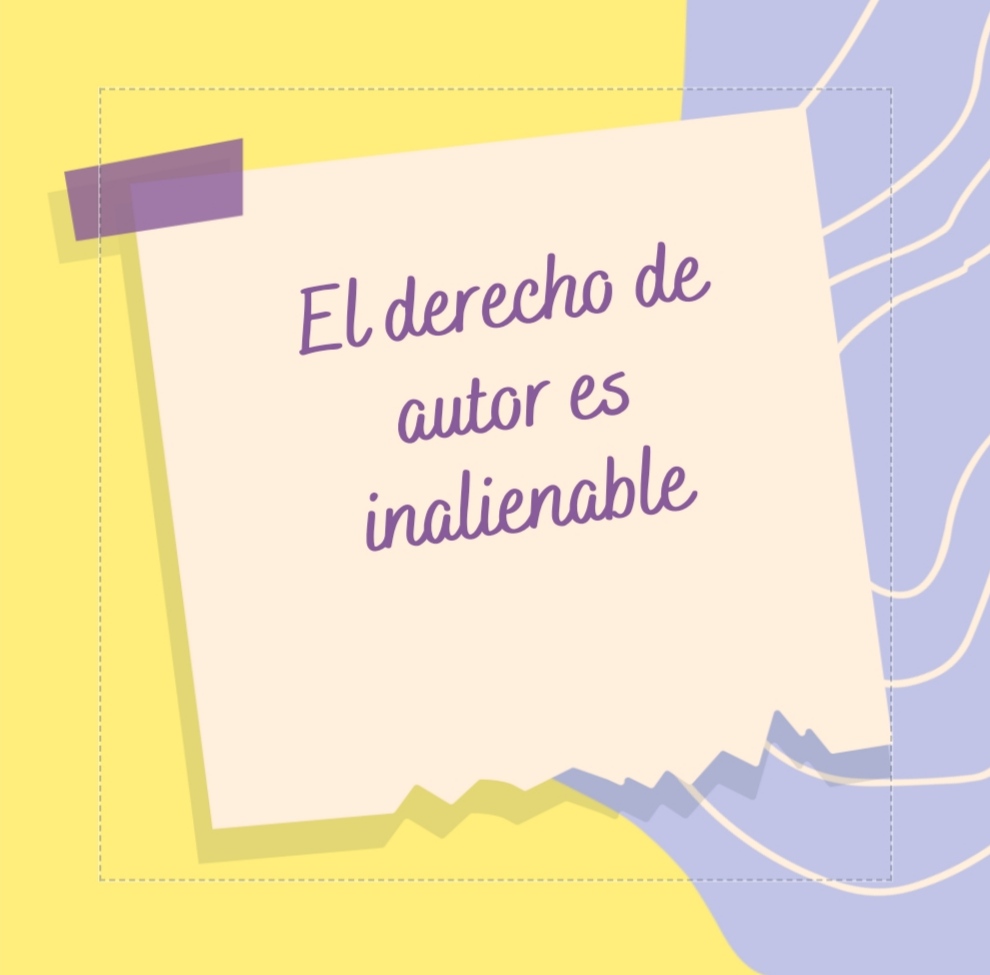
Quien de manera desvergonzada se ha acostumbrado a esta indecorosa práctica, puede pensar que le será lícito hacerlo en la blockchain. Quienes así se manejan no se mantienen en la plataforma, su falta de estilo lo denuncia y prontamente le toca afrontar los problemas y sanciones que ello acarrea.
Todos los que se han mantenido escribiendo: cuentos, poesía, recetas de cocina, anécdotas, iniciativas, artículos de opinión, análisis de películas y más, tienen en la plataforma un estilo propio, reconocido y avalado por sus propios compañeros en cada comunidad.
Esta plataforma agrupa a profesionales de distintas disciplinas: hay médicos, odontólogos, ingenieros, psicólogos, educadores, escritores, entre otros; muchos con apoyo y reconocimiento de sus compañeros, no así de los curadores, pero se mantienen en la plataforma porque están enamorados de la escritura. Es gente que lee, que tiene un criterio bien formado, que proyecta una imagen seria y le importa en demasía su crecimiento personal.
Una de las grandes ventajas que posee, quien se ha mantenido escribiendo en Hive y afines, es la evolución de sus procesos escriturales, cada vez tiene más fluidez a la hora de redactar y quienes nos hemos acompañado en esta travesía nos damos cuenta de ello. Son varios años produciendo escritura, casi diariamente. Ese es uno de los valores agregados de la plataforma y que influye a la hora de decidir la permanencia en la misma.
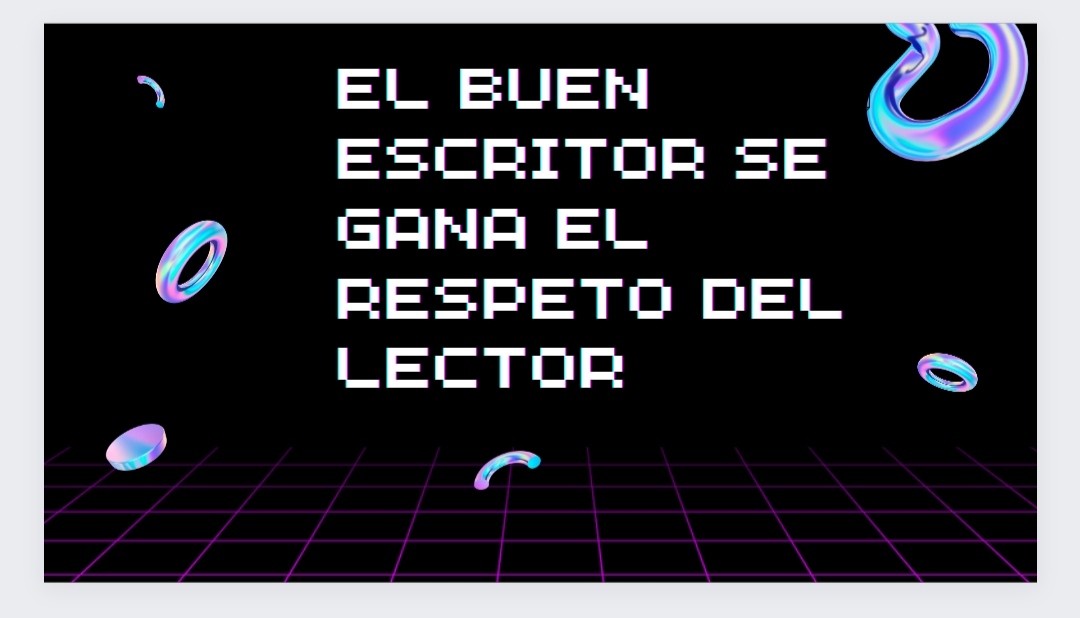
Quien sabe escribir no necesita plagiar, y es también un buen lector, que se mantiene informado y que puede desarrollar temáticas de cualquier ámbito con destreza y tino. Hay temáticas que por lo cotidianas y hartamente conocidas no requieren, por lo general, de citas bibliográficas, podemos escribir de: el amor, los celos, el miedo, la contaminación, métodos de crianza, liderazgo, turismo, y más, como si lo estuviesemos conversando. Por el contrario, por ejemplo, si vamos a hablar de «Hamparte» tenemos que nombrar a su creador Antonio García Villarán y eventualmente citarlo.
Temas que no conocemos a fondo, como lo concerniente a: criptomonedas, teorías filosóficas o del conocimiento, experimentos, leyes, enfermedades, procedimientos médicos y otros tantos, requieren necesariamente el uso y manejo de las fuentes, tanto si estamos haciendo una cita textual, para lo cual hay normas o una paráfrasis léxica, estructural o total. Pero si somos especialistas en una determinada área y tenemos el conocimiento porque ha sido parte de nuestro desempeño profesional, dado que aquí hay personas con nombre y apellido, sería una descortesía dudar de la autoría.
Aclarando términos
Cita textual: Se copia exactamente igual el texto y se le encierra entre comillas, si captamos un error en la cita, bien sea tipográfico o no, se escribe [sic] al lado de la expresión incorrecta.
Paráfrasis léxica/, también llamada mecánica, se sustituye por sinónimos cada palabra, ejemplo:
a) El vestido que compré para la fiesta no me gusta.
b) El traje que adquirí para la celebración no es de mi agrado.
Nota: es conveniente revisar que el sinónimo se adapte al contexto, hay algunos que funcionan para unos casos y en otros no, un ejemplo, el verbo subir: cuyos sinónimos: aumentar, trepar, incrementar, elevar, montar no son intercambiables en cualquier situación.
Paráfrasis estructural: Se invierte el orden de los elementos de manera coherente y sin que se pierda el significado.
a) Aprender a ser persona es un proceso complejo.
b) Es un proceso complejo aprender a ser persona.
Paráfrasis total es cuando se hace la sustitución sinonímica y también se altera la estructura original al mismo tiempo, sin cambiar el mensaje.
Texto
Una manera de ser mejor persona es aprender a disculparse, muchas veces se cometen omisiones o se dan tratamientos injustos donde son los terceros los que aprenden, pero las personas involucradas no.
Paráfrasis total.
Se puede aprender de las equivocaciones de los demás, a veces estos no saben cómo pedir perdón o prefieren hacer caso omiso, pedir disculpas puede ser una manera de crecer como ser humano.
En los ejemplos anteriores se observa que está el mismo contenido pero dicho con otras palabras.
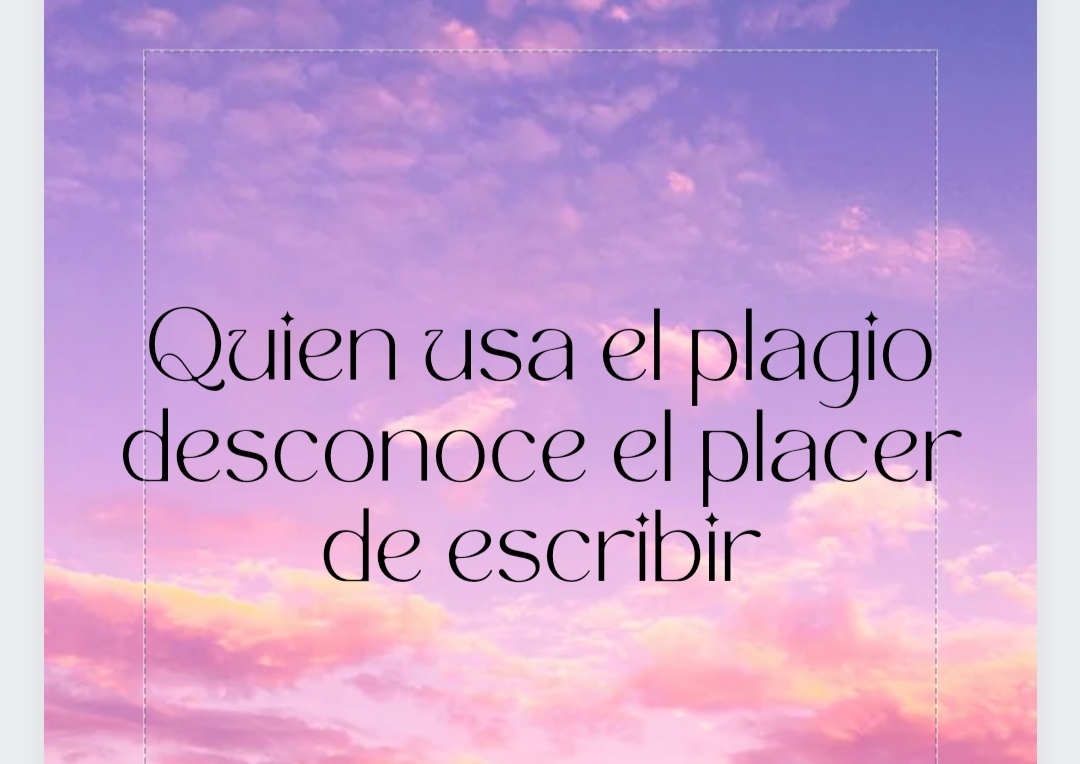
El plagio consiste en presentar algo como propio cuando no lo es, copiando textualmente o haciendo paráfrasis muy apegadas al texto original. En los procesos de comprensión lectora y redacción, las personas suelen leer mucho de un tema para formarse su propio juicio, luego, una vez comprendidos los conceptos y hecho las inferencias pertinentes, puede escribir, argumentar, contrastar, describir y ejemplificar acerca de un tema lo cual en ningún modo significa plagio.
Existen contenidos cuyas conceptualizaciones ofrecen controversias, en ese caso es necesario nombrar a los autores que están a favor de una determinada posición, de la cual somos partidarios, pero en situaciones de la cotidianidad donde no se requieren mayores análisis, es un insulto pensar que la información dada sea un plagio, podrían escribir cien personas del mismo tema y coincidir en un alto porcentaje entre ellos y con textos hechos porque el tema es muy común sin que se trate de una copia.
Mi texto es original
Los contenidos desarrollados obedecen a mi práctica docente como profesora de castellano y literatura.
Imágenes diseñadas con el programa canva

English version
Being original is a serious problem, it seems that everything is done. I recently saw a TV show where a skin doctor does surgery or reconstruction on people who have cysts, scars, or any other skin problem. A patient attended who had had extensions done on her ears and when she increased from six to seven centimeters, in one of them, the lobe ulcerated and divided into two, she carried those pieces of skin hanging, but the surprise was that she did not want to have normal ears, so the doctor sewed both ends and reconstructed that ear, leaving the hole that she caused when placing, each time a larger ring. The idea of being like everyone else distressed this woman who needed to feel unique. This is interesting, on the one hand, fashion uniforms us from time to time: hairstyles, makeup, clothes, footwear are imposed, but at the same time each one is trying to be unique and unrepeatable.
That two women coincide in one place, dressed exactly the same, is cause for concern, it is uncomfortable and shocking. We do not want to copy, we need to have a personal brand, we are unique and unrepeatable. In towns with identical urban patterns, people always try to redesign their houses so that they have a different style.
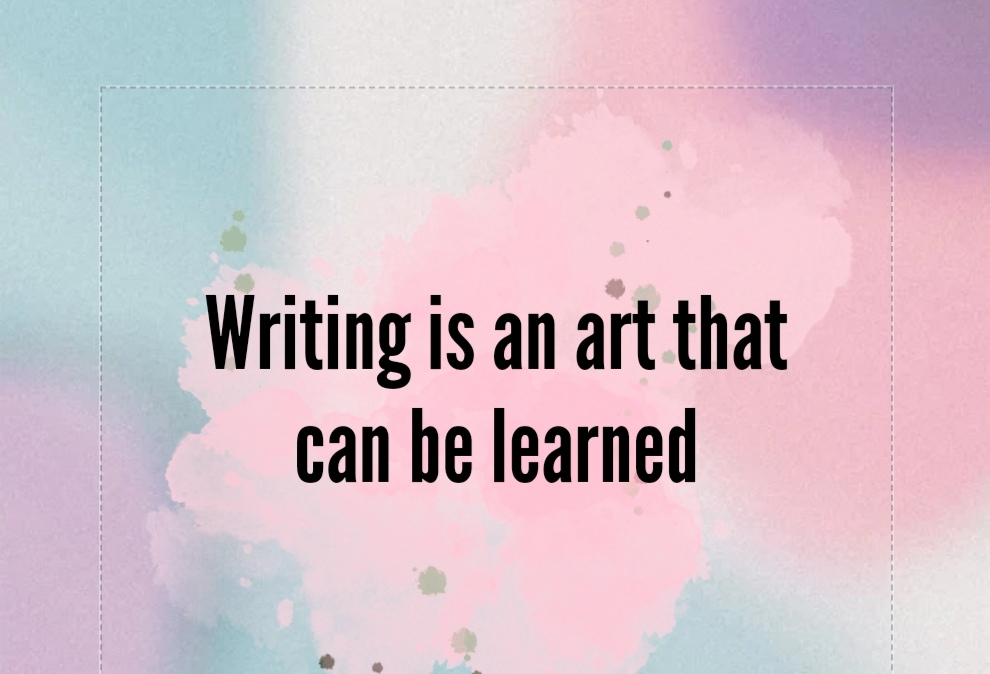
Let us now go to the plane of writing. Two aspects stand out: those who reject copying and produce original content and even feel very offended if the origin of their words were to be doubted, and reproducing copyists who shamelessly extract information from web pages or books to pass it off as their own.
Plagiarism is not only unpleasant for the readers who recognize it, it is a disrespect to the intellectual work of the other, a robbery, which speaks of the lack of creativity of the person who does it.
We can blame the latter on a precarious formal education where the quality of the content presented is not reviewed in depth and the proliferation of so-called "research papers", where the individual makes a mess of copying and pasting with information unrelated to their production. intellectual that later is not reviewed in depth but gets good grades. This, with few exceptions, occurs in basic, secondary, diversified and even in the university.
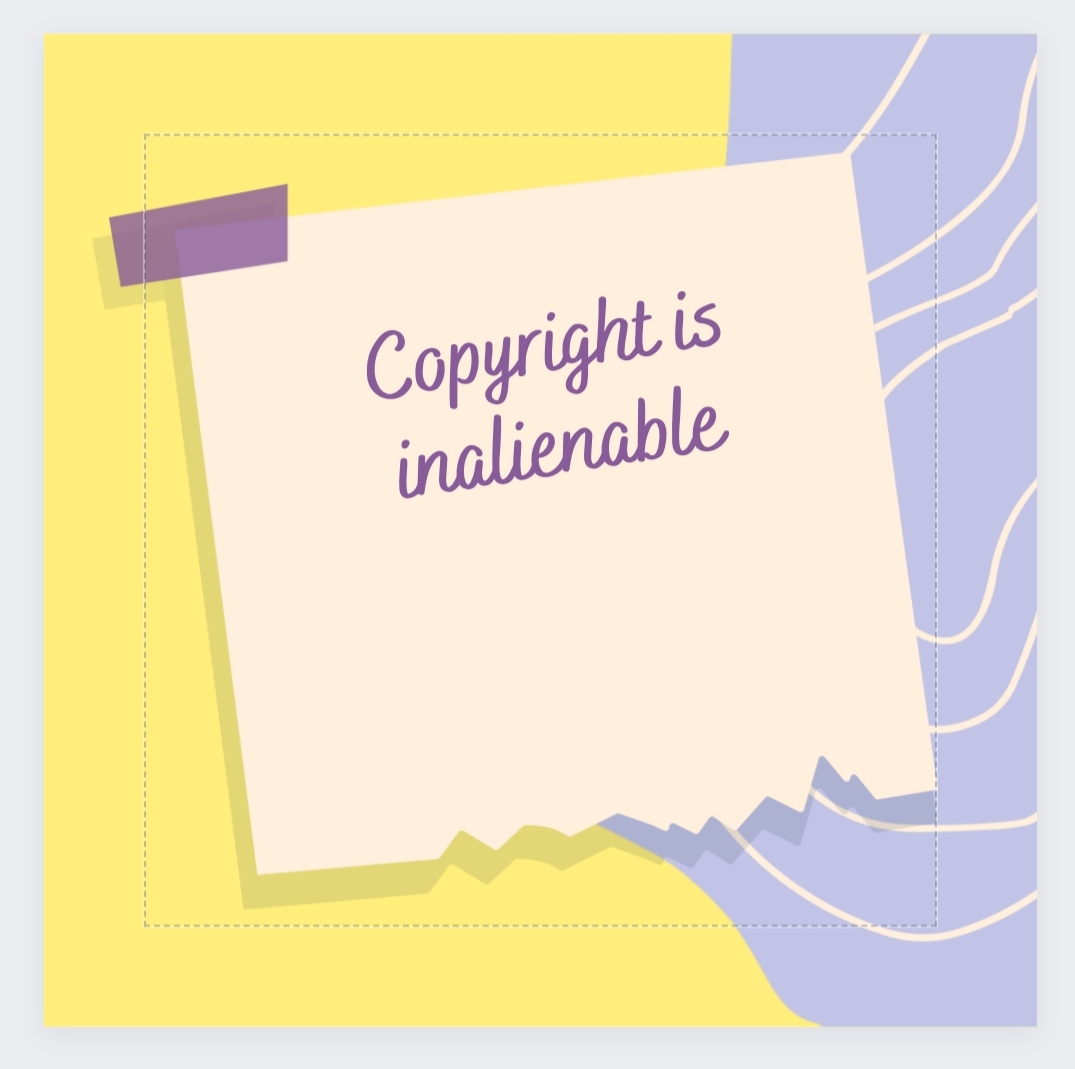
Whoever has shamelessly gotten used to this unseemly practice, may think that it will be lawful for him to do it on the blockchain. Those who handle themselves in this way do not stay on the platform, their lack of style denounces it and they soon have to face the problems and sanctions that this entails.
All those who have kept writing: stories, poetry, cooking recipes, anecdotes, initiatives, opinion articles, film analysis and more, have their own style on the platform, recognized and endorsed by their own peers in each community.
This platform brings together professionals from different disciplines: there are doctors, dentists, engineers, psychologists, educators, writers, among others; many with support and recognition from their peers, not from the curators, but they stay on the platform because they are in love with writing. They are people who read, who have well-formed criteria, who project a serious image and care too much about their personal growth.
One of the great advantages that someone who has kept writing in Hive and the like possesses is the evolution of their writing processes, they have more and more fluidity when writing and those of us who have accompanied us on this journey realize it. They are several years producing writing, almost daily. That is one of the added values of the platform and that influences when deciding to stay on it.
Who knows how to write does not need to plagiarize, and is also a good reader, who stays informed and who can develop topics in any field with skill and skill. There are topics that, due to their daily and well-known nature, do not generally require bibliographic citations, we can write about: love, jealousy, fear, pollution, parenting methods, leadership, tourism, and more, as if we were talking. On the contrary, for example, if we are going to talk about “Hamparte” we have to name its creator Antonio García Villarán and eventually quote him.
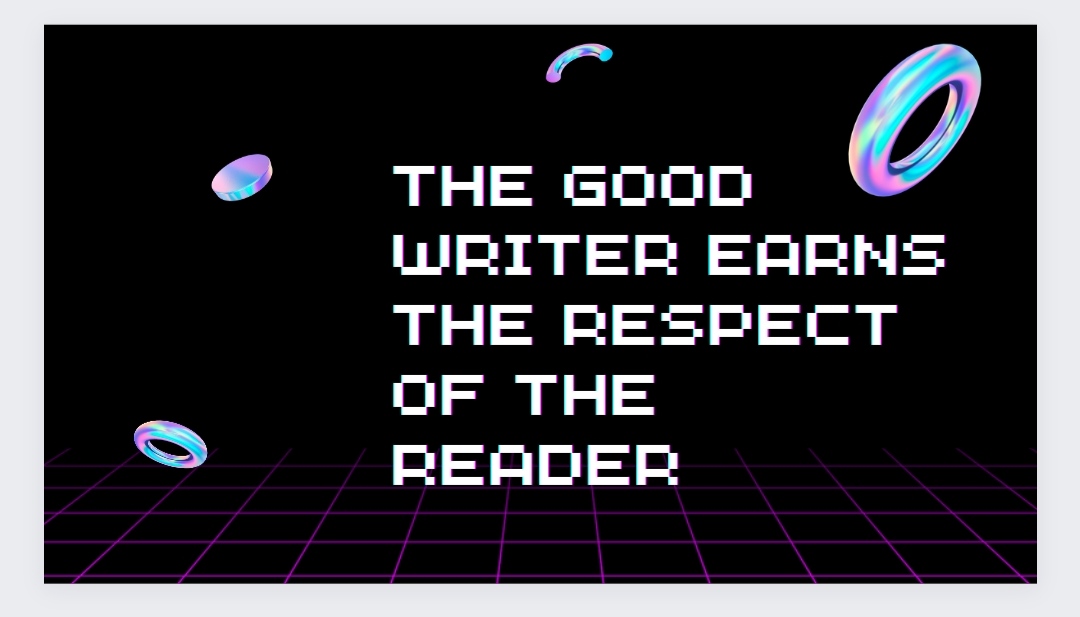
Topics that we do not know in depth, such as those concerning: cryptocurrencies, philosophical or knowledge theories, experiments, laws, diseases, medical procedures and many others, necessarily require the use and handling of sources, whether we are making a quote verbatim, for which there are norms or a lexical, structural or total paraphrase. But if we are specialists in a certain area and we have the knowledge because it has been part of our professional performance, since there are people here with a first and last name, it would be impolite to doubt the authorship.
Clarifying terms
Verbatim quote: The text is copied exactly the same and enclosed in quotation marks, if we catch an error in the quote, whether typographical or not, we write [sic] next to the incorrect expression.
Lexical paraphrase, also called mechanics, each word is replaced by synonyms, example:
a) I don't like the dress I bought for the party.
b) The suit I bought for the celebration is not to my liking.
Note: it is convenient to check that the synonym adapts to the context, there are some that work for some cases and not in others, an example, the verb upload: whose synonyms: increase, climb, increase, raise, mount are not interchangeable in any situation.
Structural paraphrase: The order of the elements is inverted in a coherent way and without losing the meaning.
a) Learning to be a person is a complex process.
b) It is a complex process to learn to be a person.
Total paraphrase is when the synonymic substitution is made and the original structure is also altered at the same time, without changing the message.
Text
One way to be a better person is to learn to apologize, many times omissions are made or unfair treatment is given where it is the third parties who learn, but the people involved do not.
Full paraphrase
You can learn from the mistakes of others, sometimes they do not know how to apologize or prefer to ignore it, apologizing can be a way to grow as a human being.
In the previous examples it is observed that the same content is said but with different words.
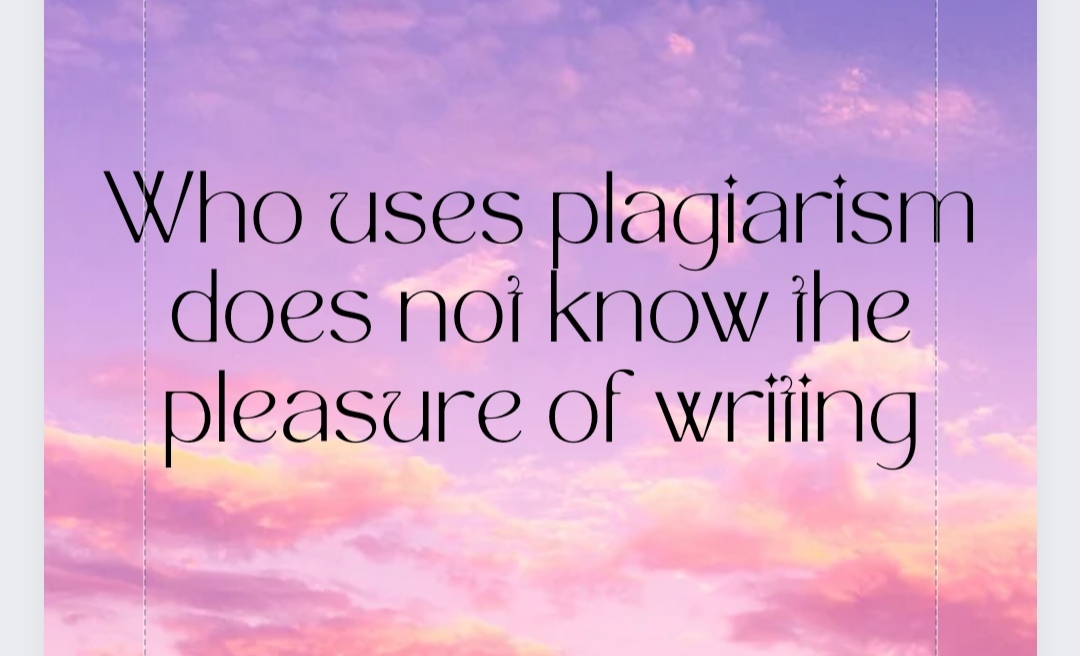
Plagiarism consists of presenting something as your own when it is not, copying verbatim or making paraphrases closely attached to the original text. In the reading comprehension and writing processes, people tend to read a lot about a topic to form their own opinion, then, once they understand the concepts and make the pertinent inferences, they can write, argue, contrast, describe and exemplify about a topic. which in no way means plagiarism.
There are contents whose conceptualizations offer controversy, in this case it is necessary to name the authors who are in favor of a certain position, of which we are in favor, but in everyday situations where further analysis is not required, it is an insult to think that the Given information is plagiarism, a hundred people could write on the same topic and coincide in a high percentage between them and with texts made because the topic is very common without it being a copy.

My text is original
The contents developed obey my teaching practice as a teacher of Spanish and literature.
Images designed with the program canva
